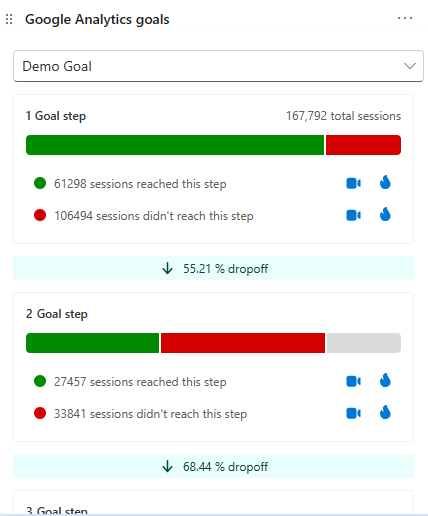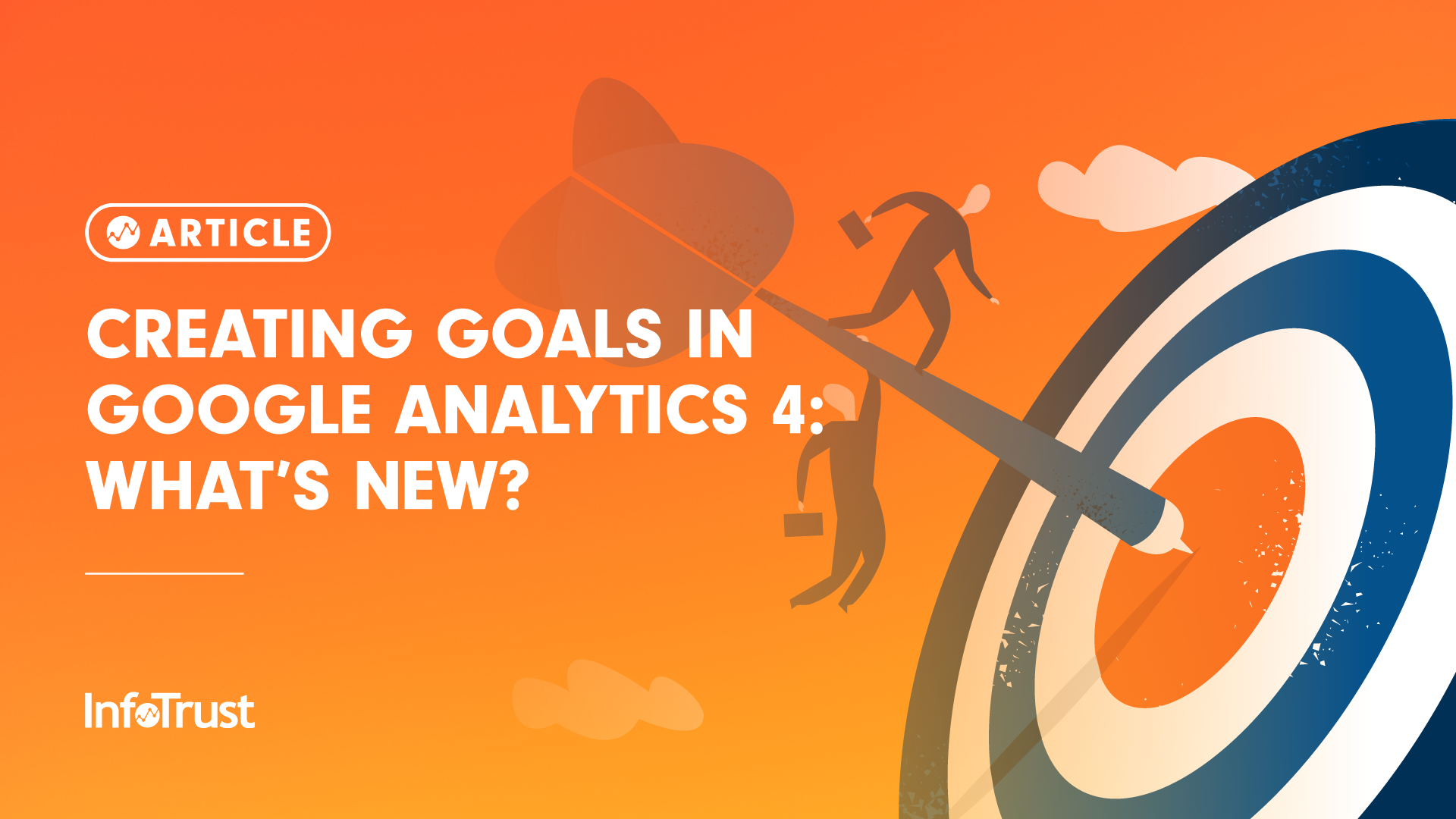What Data Is Google Analytics Goals Unable to Track and Why
What Data Is Google Analytics Goals Unable to Track and Why
Blog Article
Unveiling the Blind Destinations: Recognizing What Google Analytics Goals Can not Gauge
In the world of electronic analytics, Google Analytics stands as an effective device for tracking and assessing on-line customer communications. Nonetheless, in the middle of its robust capabilities, there exist dead spots that commonly escape dimension. Understanding what Google Analytics goals can not measure is critical for gaining a comprehensive view of customer actions and interaction. As we look into the intricacies of these unseen areas, we reveal an intricate internet of uncharted areas that hold important insights right into individual actions and inspirations, challenging conventional knowledge and dropping light on the restrictions of our data-driven understanding.
Individual Actions on External Operatings Systems
Comprehending just how customers communicate on outside platforms is important for optimizing on the internet techniques. External systems, such as social networks networks, reference web sites, and on-line discussion forums, play a substantial role in driving website traffic to a business's internet site. By assessing individual behavior on these platforms, organizations can get valuable insights right into the effectiveness of their advertising and marketing efforts and the preferences of their target market.
One key aspect of individual actions on outside systems is the reference source. By tracking where the customers are originating from, organizations can determine which platforms are driving one of the most traffic to their website. This details can help business allot their resources better, concentrating on the systems that yield the most effective outcomes.

Offline Conversions and Interactions
Evaluating user actions on outside platforms supplies useful insights right into on the internet techniques; nonetheless, taking into consideration offline conversions and communications is just as critical for a detailed understanding of a company's total performance. Offline conversions, such as in-store acquisitions or phone queries, play a significant function in many services' success.

Attribution Beyond Last Click
When delving right into the world of digital advertising analytics, it comes to be vital to look past the solitary touchpoint of the last click for an extra extensive understanding of attribution. While Google Analytics provides useful understandings right into customer behavior, relying entirely on last-click attribution can be restricting - what data is google analytics goals unable to track. Acknowledgment versions that surpass the last click offer a more nuanced view of the customer trip, thinking about all the touchpoints that lead to a conversion
Acknowledgment beyond the last click enables marketers to assign debt to numerous over here communications along the conversion path, giving a more clear photo of the performance of various advertising and marketing networks. By exploring multi-touch attribution versions such as direct, time decay, or position-based attribution, services can better allot their marketing budget plans and maximize their strategies for optimal influence.
Recognizing the influence of each touchpoint in the conversion procedure is crucial for making educated decisions and making best use of ROI. By welcoming attribution beyond the last click, services can acquire deeper understandings into consumer actions and customize their marketing initiatives a lot more efficiently.
Cross-Device and Cross-Browser Tracking
In a similar way, cross-browser tracking complements cross-device tracking by recording customer actions as they switch between different internet internet browsers. Recognizing how individuals interact with web sites on numerous web browsers can help marketing professionals maximize their on-line experiences to ensure consistency and functionality throughout different systems.
Qualitative Information and Individual Intent
Understanding customer intent with qualitative information evaluation is important for establishing targeted electronic marketing techniques that resonate with the requirements and preferences of the target audience. Qualitative data provides insights right into the 'why' behind customer actions, dropping light on motivations, emotions, and preferences that quantitative data alone can not capture. By analyzing individual responses, comments, and interactions, marketing professionals can discover useful info about individual intent, allowing them to customize their messaging, material, and offerings to better align with what their target market is looking for.
Qualitative data also assists in comprehending the context in which users involve with an internet site or app. This contextual understanding enables marketers to develop more pertinent and tailored experiences, inevitably driving higher engagement and conversion prices. By delving right into user intent through qualitative information analysis, businesses can get a deeper understanding of their target market, resulting in more reliable marketing strategies that fulfill users' demands and expectations.
Final Thought
Finally, Google Analytics objectives have limitations in determining customer habits on exterior systems, offline conversions, attribution past last click, cross-device and cross-browser monitoring, and qualitative data associated to user intent. what data is google analytics goals unable to track. It is very important for organizations to be knowledgeable about these blind webpage places in order to supplement their data evaluation with other tools and techniques to gain a much more detailed understanding of their target market and improve their general electronic marketing techniques
By analyzing individual actions on these systems, companies can get beneficial insights into the efficiency of their advertising and marketing efforts and the preferences of their target audience.
Examining individual actions on external platforms offers useful understandings into online techniques; nonetheless, considering offline conversions and interactions is equally critical for a comprehensive understanding of a company's overall performance.In electronic advertising and marketing analytics, relocating beyond last-click acknowledgment to explore cross-device and cross-browser why not try this out tracking is necessary for gaining an alternative understanding of individual interactions across various platforms and devices. By analyzing user comments, remarks, and interactions, marketing experts can reveal beneficial details regarding individual intent, enabling them to customize their messaging, web content, and offerings to better line up with what their audience is seeking.
By delving right into customer intent with qualitative data analysis, companies can gain a deeper understanding of their target audience, leading to extra reliable advertising and marketing methods that satisfy individuals' assumptions and requirements.
Report this page